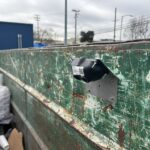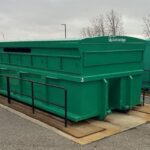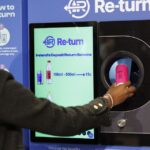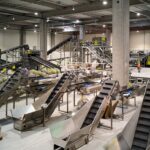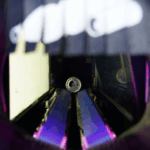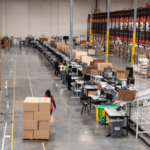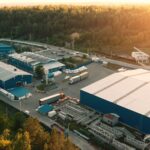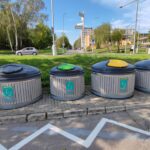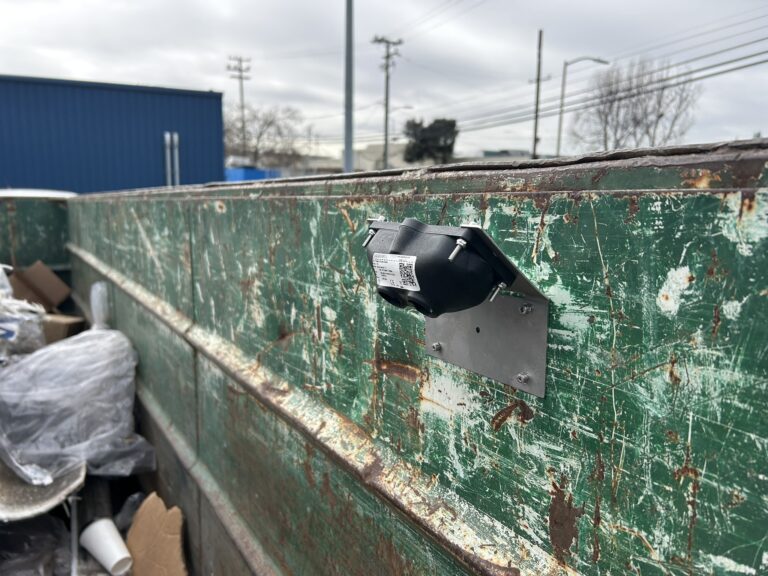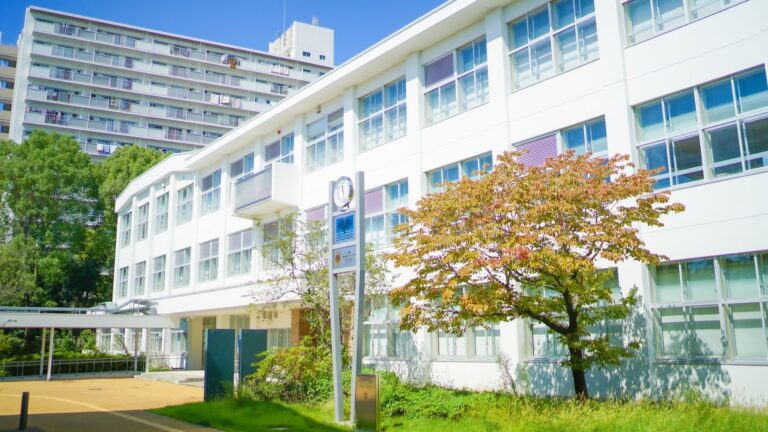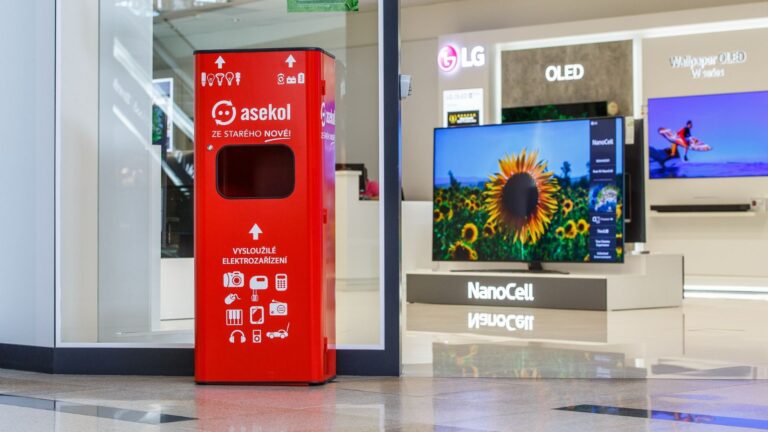Trieste monitoring fill-levels of glass containers

Waste collection company
Customer
640
Number of sensors
LoRaWAN
Connectivity
Glass
Type of waste
Providing reliable data for a waste collection company
Project and customer description
The customer is a local waste collection company in Trieste, Italy. The company manages millions of tons of waste annually and organizes collection in three daily shifts. Efficient planning is essential to ensure that bins are collected at the right time, vehicle capacity is fully utilized, and citizens are provided with high-quality service.
Challenge
The company needed accurate, real-time data on the fill levels of glass containers in order to plan waste collection more effectively. Without reliable insights, collections were often carried out on a fixed schedule, leading to half-empty pickups in some cases and overflowing bins in others.
Solution
Sensoneo’s partner in Italy implemented Single sensors within the Trieste municipality to monitor glass containers. In September 2018, 340 sensors were installed during the first phase, followed by an additional 300 sensors in October 2018. In total, 640 smart sensors were deployed.
Each bin, with a capacity of either 1,300 liters or 2,800 liters, is equipped with a Single sensor connected to the LoRaWAN network. The sensors measure fill levels several times a day, providing reliable and timely data on container usage.

Impact
The deployment of smart sensors has enabled the waste management company to better understand the fill cycles of glass containers and plan collections more efficiently. With reliable data available throughout the day, the company can prevent overflowing bins, avoid unnecessary pickups of half-empty containers, and maintain clean streets. This ensures higher service quality for citizens while also supporting more efficient operations.
Key achievements:
- Comprehensive digitalization of waste infrastructure
- Reliable monitoring of bin fill levels in real time
- Data-driven optimization of collection routes
- Prevention of overflowing bins and unnecessary pickups
- Reduced operational costs and vehicle mileage
- Lower fuel consumption and emissions
- Cleaner public spaces and improved quality of service for citizens
Selected success stories
Smart Waste Newsletter
Get monthly updates from our company and the world of waste!

